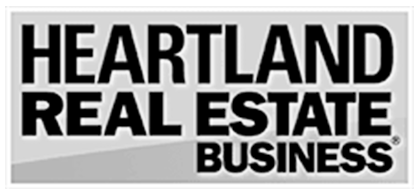MARKET SNAPSHOT
Net absorption topped 2,500 units in 2024, the second-highest on record and 25% above pre-pandemic levels. Omaha ranks among the top 20 U.S. markets for absorption as a share of existing inventory, keeping occupancy above 95%, well above the national average of 93%.
Effective rents rose 3.4% year-over-year in Q4 2024, exceeding historical norms. Mid-tier properties led with a 4.2% increase, while Class A rents grew 2.1%, still outperforming national trends. Rent growth is expected to stay in the mid-3% range through 2025.
The Omaha streetcar system and Missouri River waterfront improvements are expected to enhance urban connectivity and livability, fueling long-term demand for multifamily housing in Omaha’s urban core.
Omaha has experienced significant multifamily development over the past decade, with 19,000 units delivered cumulatively. Notably, 6,600 units have come online in the past three years alone, highlighting the intense supply-side pressure since the onset of the pandemic. However, this surge in development has been uneven across the metro, with certain submarkets emerging as vibrant hubs of activity. North Downtown, in particular, is undergoing a transformation driven by major redevelopment projects such as the Steelhouse Omaha concert venue and the Kiewit Luminarium, which are attracting both residents and multifamily developers to the area.
Despite recent deliveries, the market continues to see elevated construction activity, with more than 3,000 units currently underway—equivalent to a 4.0% inventory expansion. For context, the pre-pandemic historical average for units under construction was approximately 2,500. Of the units currently being built, 2,400 fall into the high-end segment, while 600 cater to the mid-priced market. Looking ahead, the planned Omaha streetcar system, which will connect downtown with midtown, is expected to stimulate further development and enhance urban connectivity. Additionally, improvements to the Missouri River waterfront, including new parks, trails, and entertainment venues, will further enhance livability and drive demand in revitalizing submarkets. These ongoing developments present opportunities for investors and developers to capitalize on Omaha’s evolving multifamily landscape.
Omaha’s multifamily market recorded over 2,500 units of absorption in 2024, marking the second-highest annual total on record—trailing only 2021’s 2,700 units. This level of demand surpasses any pre-pandemic full-year total, exceeding the 2015-2019 annual average by approximately 25%. Notably, Omaha has also outperformed many of its national peers, ranking among the top 20 U.S. markets for both quarterly and annual absorption as a share of inventory among metros with at least 75,000 units.
Robust demand has helped maintain market stability, particularly compared to national trends. Omaha’s occupancy rate held firm at 95.2% in Q4 2024, reflecting a modest 30-basis-point year-over-year increase and standing well above the national average of approximately 93%. While net absorption is expected to moderate in 2025 relative to 2024’s record-high levels, occupancy is forecast to remain stable in the low-95% range throughout the year, reinforcing the metro’s strong multifamily fundamentals.
Omaha has consistently ranked among the top U.S. multifamily markets for year-over-year rent growth over the past eight quarters, posting a 3.4% annual increase in Q4 2024. This performance surpasses the pre-pandemic five-year average of 2.4%—a commonly referenced benchmark for market stability. Mid-tier properties have led the gains, with rents rising 4.2% year-over-year, positioning Omaha near the top among major markets.
The mid-tier segment’s strength is driven by both supply and demand dynamics. Strong middle-income job growth has supported historically high absorption, while new supply has slowed significantly after peaking in 2023. Although Class A properties have posted comparatively weaker growth at 2.1%, this still outpaces the national average, where rents in the segment are declining. Looking ahead, Omaha is expected to maintain solid rent growth in the mid-3% range over the next four quarters.
12-month period ending November 2024
| Income Assumptions | Value / Unit | Year Change (%) |
|---|---|---|
| Rental Income / Occupied Unit | $1,186.26 | 5.6% |
| Recoverable Expenses / Occupied Unit | $57.18 | 7.3% |
| Other Income / Occupied Unit | $93.53 | 4.8% |
| Total Income / Occupied Unit | $1,336.97 | 5.6% |
| Operating Income | ||
| Rental Income | $1,115.40 | 5.0% |
| Recoverable Expenses | $53.76 | 6.7% |
| Other Income | $87.95 | 4.3% |
| Total Income | $1,257.11 | 5.0% |
| Operating Expenses | Value / Unit | Year Change (%) |
|---|---|---|
| Payroll | $121.67 | 5.1% |
| Marketing & Advertising | $18.01 | 19.5% |
| Repairs & Maintenance | $132.90 | 4.5% |
| Administrative | $35.56 | 6.5% |
| Management Fees | $49.47 | -3.5% |
| Utilities | $55.53 | -0.8% |
| Real Estate & Other Taxes | $159.03 | 12.5% |
| Insurance | $55.21 | 29.3% |
| Other Operating Expensees | $0.91 | |
| Total Operating Expense | $628.28 | 7.6% |
| Net Operating Income | $628.83 | 2.6% |
Omaha’s multifamily market continues to demonstrate resilience, with strong demand, stable occupancy, and solid rent growth. In 2024, net absorption surpassed 2,500 units—the second-highest total on record—exceeding pre-pandemic demand levels by roughly 35% and positioning Omaha among the top 20 U.S. markets for absorption as a share of inventory. This strong demand has helped maintain occupancy stability, with the metro’s rate holding at 95.2% in Q4 2024, well above the national average of 93%. While absorption is expected to moderate in 2025, occupancy levels are projected to remain in the low-95% range throughout the year.
Rent growth in Omaha continues to outpace national trends, with effective rents rising 3.4% year-over-year in Q4 2024. Mid-tier properties have led this growth, posting a 4.2% annual increase, supported by strong middle-income job gains and a slowdown in new supply after a 2023 peak. Meanwhile, Class A properties have seen more moderate rent growth at 2.1%, but still outperform the national average, where rents in the segment are declining. Looking ahead, Omaha is expected to maintain steady rent growth in the mid-3% range over the next four quarters, supported by a rebalancing supply pipeline and continued economic expansion, including major redevelopment efforts and infrastructure investments like the Omaha streetcar system and Missouri River waterfront improvements.









